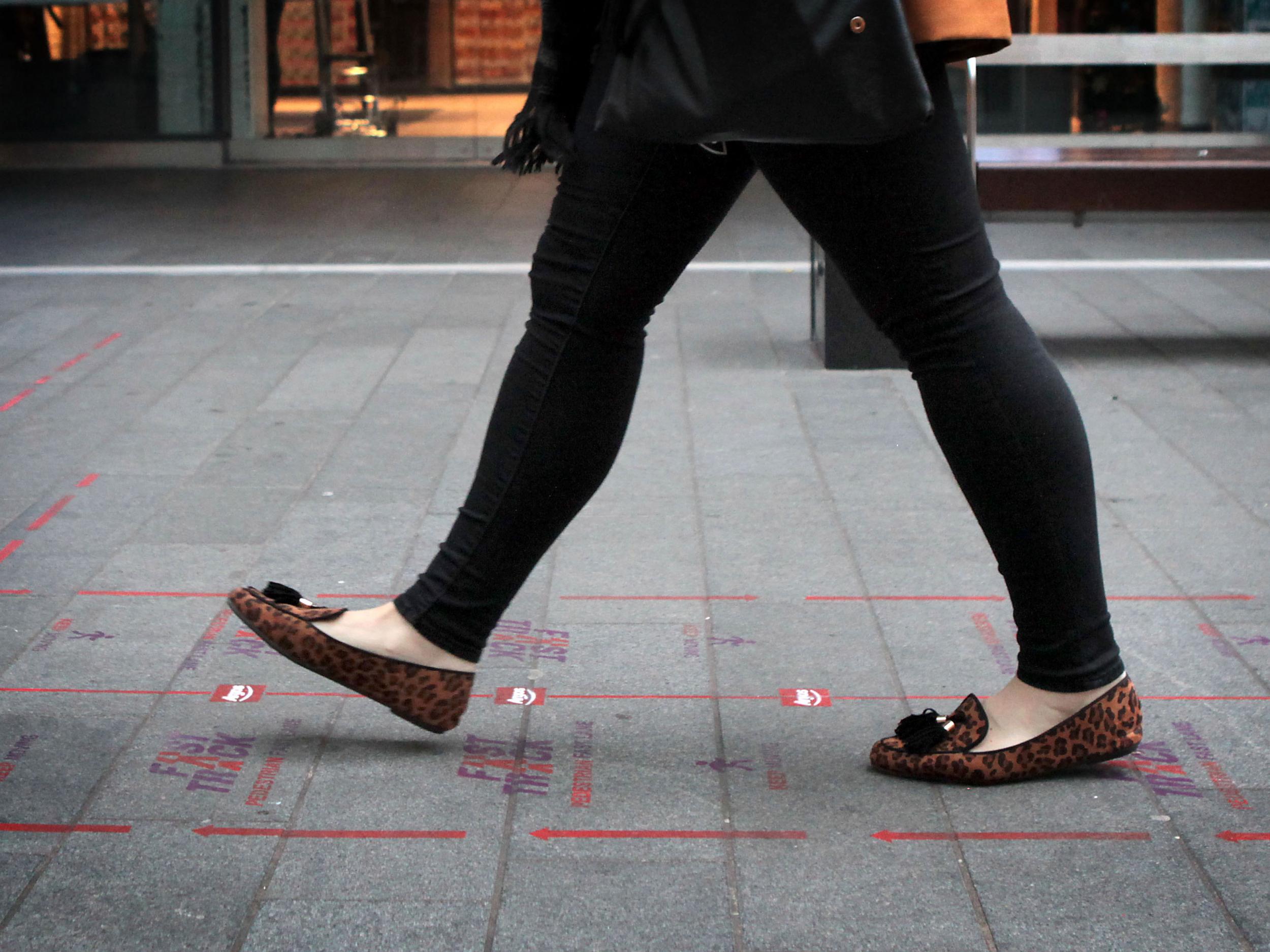Liverpool becomes first city to open fast walking lanes
A total of 69% of 16 to 24 year-olds support the plan - compared to just 37% of over-55s

Your support helps us to tell the story
From reproductive rights to climate change to Big Tech, The Independent is on the ground when the story is developing. Whether it's investigating the financials of Elon Musk's pro-Trump PAC or producing our latest documentary, 'The A Word', which shines a light on the American women fighting for reproductive rights, we know how important it is to parse out the facts from the messaging.
At such a critical moment in US history, we need reporters on the ground. Your donation allows us to keep sending journalists to speak to both sides of the story.
The Independent is trusted by Americans across the entire political spectrum. And unlike many other quality news outlets, we choose not to lock Americans out of our reporting and analysis with paywalls. We believe quality journalism should be available to everyone, paid for by those who can afford it.
Your support makes all the difference.Britain’s first ever fast pedestrian lane has opened in Liverpool city centre - following research that claims 47% of the nation finds slow walking the most annoying aspect of high-street shopping.
Opening on the city's St John Street, the fast lanes will allow users to speed through the crowds while perusing the three-storey Liverpool One shopping centre.
The research, conducted by Argos, also revealed shoppers hated battling through crowds, people chatting in the middle of the street and pavement hoggers.
However, it seems the idea of fast lanes is more popular with younger shoppers than the old, as 69% of the 16 to 24 year-olds surveyed were in favour of fast lanes, while only 37% of over-55s backed the plan.
The most popular reason for supporting the lanes was to avoid wasting time, with 31 per cent of shoppers saying they were annoyed by people blocking the pavement.
People checking phones was also a frustration for 18 per cent of those surveyed.
In 2014, National Geographic conducted a social experiment by introducing separate lanes for pedestrians who wanted to use mobile phones and those who didn't, the Daily Mail reported.
Although some people stopped to take pictures of the markings - on their mobile phones - they were mostly ignored.
Subscribe to Independent Premium to bookmark this article
Want to bookmark your favourite articles and stories to read or reference later? Start your Independent Premium subscription today.
Join our commenting forum
Join thought-provoking conversations, follow other Independent readers and see their replies
Comments